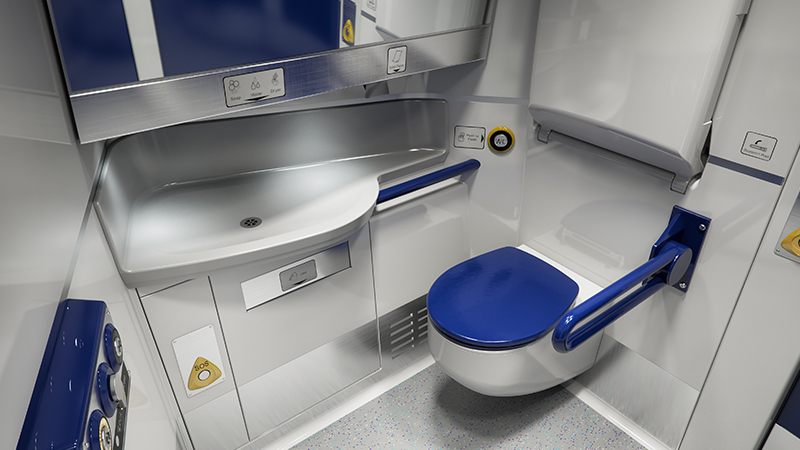On RJ long-distance trains, there are toilets in each carriage. Passengers of such trains usually do not experience any particular inconvenience. Some modern cars even have dry closets, which you can visit even when you stop at the station. But what about the situation with suburban trains? Are there any toilets in the trains?
What suburban trains run in Russia
At the moment, short-distance transportation in our country is performed by both the old-style electric trains and the new ones. The cost of tickets in the suburban trains of the first type is lower. But traveling on such trains is not as convenient as in new ones. The seats in the old commuter trains are stiff, and they stop almost everywhere where there is a platform.
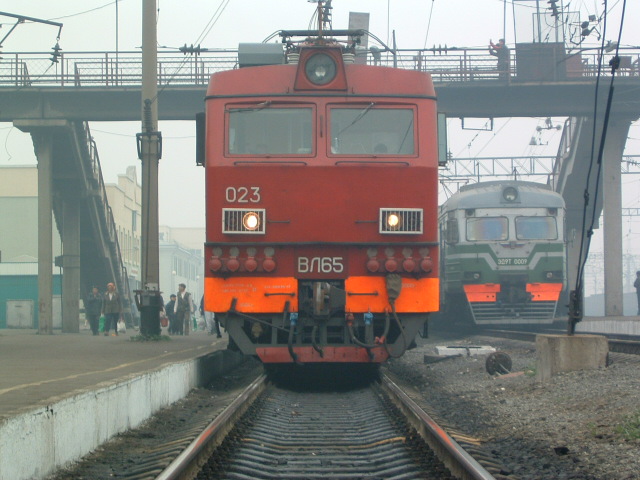
A trip in new electric trains, for example in the same "Swallows", is quite expensive. But at the same time, the passenger can get to the destination on such a train much faster. In addition, these trains travel absolutely silently and are equipped with very comfortable soft chairs with high backs.
Are there toilets in the train?
Of course, travel on such a train in most cases does not last long. Routes for trains are usually quite short. In addition, such trains run at a relatively high speed. In most cases, passengers on such a train can reach their destination in a maximum of 1.5-2.5 hours. Therefore, many people do not even think about whether there are toilets in the train.
But in some cases, you still have to travel by suburban train for quite a long time - 4-5 hours. And for two hours, it is often difficult for an elderly person or child to sustain in terms of natural needs.
So is there a toilet in the train and where can I find it? Currently, all commuter trains are equipped with such sanitary rooms. In older trains, there is usually only one restroom. There may be several toilets in new electric trains.
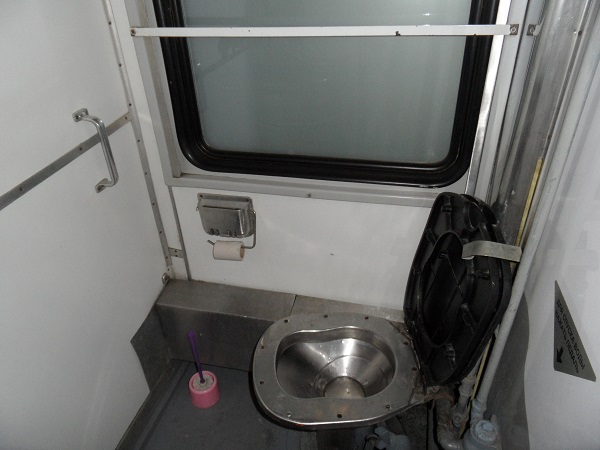
Location
Where should the toilet in the train be located according to the rules? In old commuter trains, sanitary rooms are usually located in the first carriage. There are latrines in all of these.
Consequently, for passengers with children and elderly people traveling on a trip for a few hours, it is best to immediately take tickets to the first carriage. In the train, from the middle or the end of the train to the restroom on the road, it may not work out later. After all, they are in our country, as you know, often go crowded.
So, in which carriage the passengers can find the toilet in the train, we found out. Restrooms should be equipped in Russia with all electric trains. But sometimes it happens that the sanitary room in the first carriage is closed. In this case, the passenger just needs to contact the driver. After that, the toilet, according to the rules of the Russian Railways, must be opened.
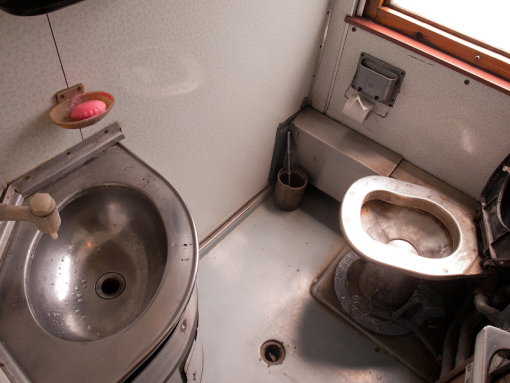
In new cars, the same "Swallows", there are several latrines. During the passage of such trains, passengers are even notified of their availability and location. Most often, toilets in such trains operate in every even carriage. Sometimes in modern trains, sanitary rooms are also located in 1, 3, 7 and the last carriage.
The difference between toilets in different compositions
In old trains, latrines are cramped and often very dirty rooms with an unpleasant odor. Squeamish passengers should keep this in mind. Recently, Russian Railways has been gradually equipping old trains with dry closets.However, there are far from such comfortable cabins in all such trains, even plying close to big cities. The usual toilets, as well as in long-distance trains, passengers of electric trains can use only while driving. At stations and a few kilometers from them (sanitary zones), latrines in such trains are closed.
In the new compositions, toilets are designed for people with disabilities. The sanitary rooms are spacious and clean. As a rule, there is no smell here, and the client can use, among other things, napkins and paper.
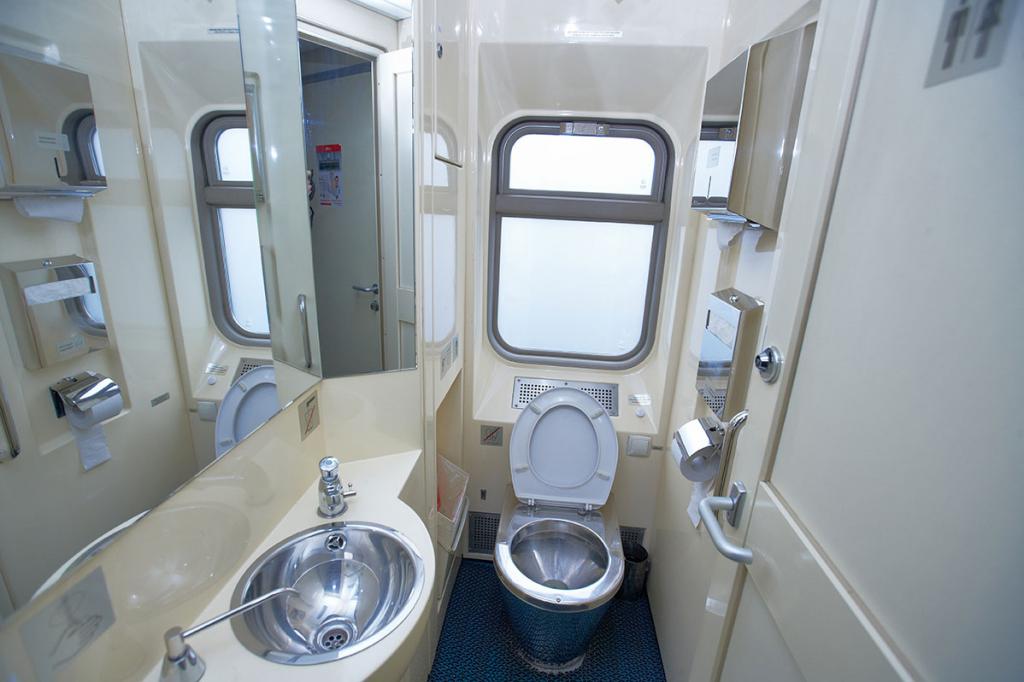
The length of the sanitary zone
Of course, in trains, as well as in long-distance trains, the regime of using toilets must be respected. In old trains, latrines should be closed before stopping at and after the station. During what time passengers are limited to access to the toilet, it is determined depending on the size of the station and the length of the train.
Electric trains of Russian Railways: a little history
Thus, without stinting and buying a ticket for a new-type commuter train, you can get to the place without experiencing any inconvenience, including in terms of using the toilet. In which trains there are sanitary rooms, we found out. Restrooms are available in all suburban trains, but in modern trains they are much more civilian and more accessible for passengers.
Currently, Russian Railways is gradually replacing its fleet, and Russian suburban trains are becoming more and more comfortable. But when did this type of transport appear in our country and what were the first electric trains?
Domestic passengers have been able to use suburban trains for more than a hundred years. For the first time, electric trains in Russia began to run in 1910. Such trains were transported by passengers in the narrow gauge city of Lozi. Then this settlement belonged to Russia. Today it is located in Poland. At that time, there were two directions for electric trains: Loz - Egerzhskoe and Loz - Pibianskoe, 10.5 and 15 km, respectively.
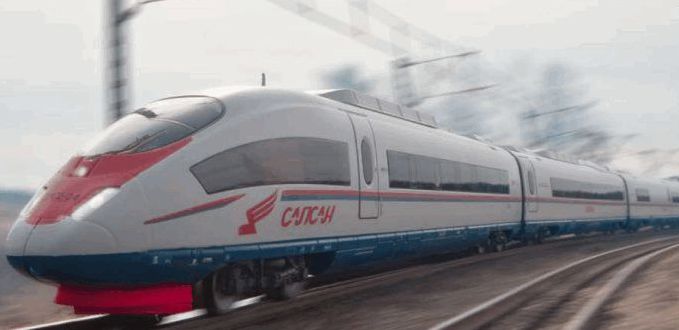
On the Soviet railways, the first such train appeared in 1920. It was an electric train of the I. I. Makhonin system, converted from three motor railways. The first long route with regular movement of such trains was in 1926 Baku - Sabunchi - Surahani. Of course, the first electric trains in Russia were not equipped with toilets.
Direction of travel
At the moment, Russian Railways trains are very common in Russia. Such trains run:
-
close to big cities;
-
on lines adjacent to large administrative and industrial centers.
Logistics Railways, developing routes of trains and determining the intensity of their movement, of course, take into account in their work, including such a factor as passenger comfort.
The length of electric train routes in Russia can reach hundreds of kilometers. But on average, their length is 150-180 km. The direction of the trains, their number on a particular route, the number of cars, departure and arrival times, etc., is determined depending on the passenger flow during certain hours. Given this factor, the following are also selected:
-
the speed of trains in certain sections;
-
minimum time for acceleration and deceleration;
-
time of embarkation and disembarkation of passengers.
Of course, the movement of trains is carried out, among other things, and in such a way as to ensure maximum safety for passengers, and also taking into account the rules of movement on railways.
Zones
With weak passenger traffic, diesel trains can also follow electrified routes. On those lines on which the passenger flow is very heterogeneous, special zone stations are also arranged. Here there is a turnover of commuter trains. On some part of the path they can run more often, on some - less often.
The best trains of modern Russia
The Swallow is not the only convenient new commuter train. In addition to trains of this type, expensive comfortable Samson trains carry passengers on Russian roads. For the first time on such an electric train, the inhabitants of our country were able to ride in December 2009. At present, there are five such high-speed trains in Russia, which run along the Moscow - St. Petersburg route.
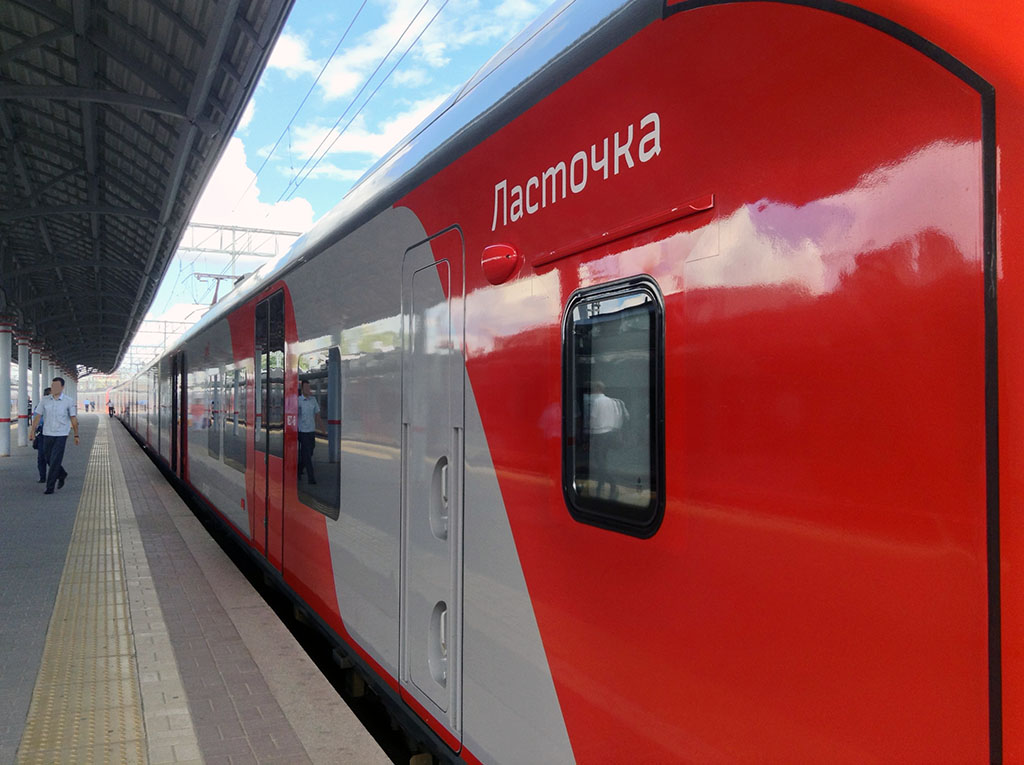
Also very convenient, according to passengers, is the Allegro electric train. However, this composition can only be considered Russian by half. The Allegro runs between St. Petersburg and the capital of Finland.
Another type of modern Russian electric trains is called "Swift". Wagons for such trains are manufactured in Spain, and their domestic locomotives are pulled. Positive feedback for this type of train from passengers deserved primarily for comfortable seats and a quiet smooth ride.
Is there a toilet in the Swallows trains, we found out above. Of course, all modern suburban trains complement this convenience. There are toilets not only in the "Swallows", but also in all the above compositions. The problems with visiting latrines among passengers of such trains usually do not arise at all.
Falcon 250
About 60 Russian and foreign organizations participated in the creation of this train, capable of speeds up to 350 km / h, at the very beginning of the 21st century. However, the design of this train by the selection committee was considered unsuccessful. In tests, the train reached a record speed for those times of 236 km / h, but it also revealed a number of shortcomings. So, at the electric train of the Russian Railways Sokol-250, the disks were overheating, the cars were not tight enough. Also, this train was recognized as not too reliable braking system.
Old series
Using the toilet in such electric trains, as we found out, can be problematic. By today's standards, old trains, of course, cannot be considered comfortable. However, trains of this type have carried millions of passengers throughout their entire existence. And for their era, they, of course, could be considered quite convenient.
At present, old-style electric trains of the following series run on railways:
- ER-2K is the oldest model, which residents of the Leningrad Region have the opportunity to ride on;
- ER2, ER2R, 2T - with toilets in head cars;
- ED4M - with dry closets in the first ECOTOL-EP cars.
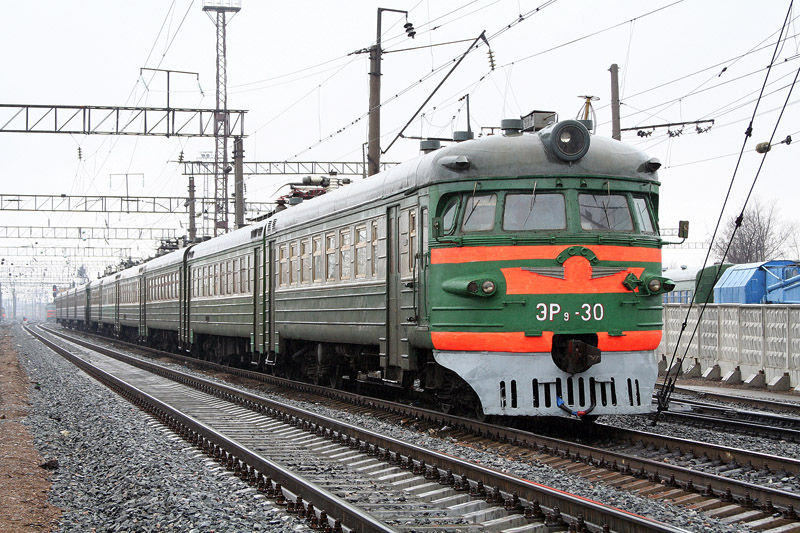
In some cases, the passenger may be lucky to get on the EXPRESS train. Such old-style compounds are serviced by conductors and equipped, respectively, with a large number of constantly open toilets.
